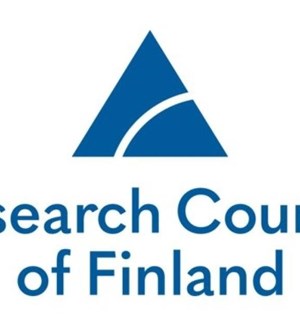- Mu Gamma Consultants Pvt Ltd (MGC) - India,
- The Energy and Resources Institute (TERI) - India,
- SRM University - India,
- Indonesia Center for Southeast Asian Studies (CSEAS) - Indonesia,
- Indonesia Institute of Sciences (LIPI) - Indonesia,
- Bandung Institute of Technology (ITB) - Indonesia,
- University of Indonesia (UoI) - Indonesia,
- GRID-Arendal - Norway
The ASAP project will target key sources and socioeconomic drivers of marine litter in Asia's three largest countries: China, India and Indonesia. The project will deliver quantitative assessments of plastic litter releases from source hotspots in the three countries, asses critical interlinkages between plastics waste and chemical pollution and improve the understanding of the socioeconomic determinants of plastic waste mismanagement. The project will also host a knowledge hub and a network secretariat for research and stakeholders in the region. Mismanagement of both domestic and imported waste from the developed world is one of the key drivers of plastic pollution. In these countries, plastic sorting, collection and recycling is mainly processed by millions of marginalized informal workers in poorly understood plastic waste value networks (PWVN). This workforce plays an extremely important role in the society and for the environment through capturing value from waste and reducing environmental releases. With lacking or inadequate formal management in place, broken or dysfunctional informal value chains are the main causes of pollution. Plastic litter also conveys hazardous chemicals both from additives and chemicals used in recycling. If released during litter ageing, they will pose a risk to marine biota and humans. The chemical pollution of plastic is a major impediment for a well-functioning and sustainable recycling sector, and a major hinderance towards circular economy avoiding polluted plastic in new products. The project will elucidate the functioning and sustainability of informal PWVNs, its interconnectedness to chemical pollution and quantitatively assess plastic releases to rivers and the sea. ASAP will both generate empirical data from original surveys and leverage on existing regional projects and initiatives. The project will provide science-based support to local Asian governments in their efforts to address plastic pollution.
Want to analyze based on this project via our analysis tool? Analyze this project
Knowledge Gaps
Environmental exposure
Environmental fate and behavior of plastic
Commercial-related uncertainties
Environmental effects and ecotoxicity
Environmental risk assessment (ERA)
Publications



